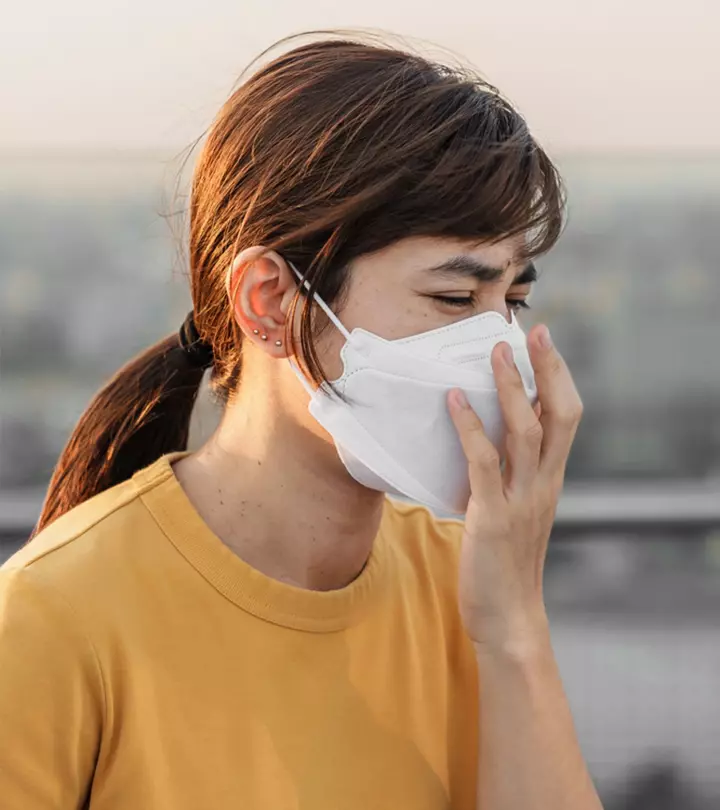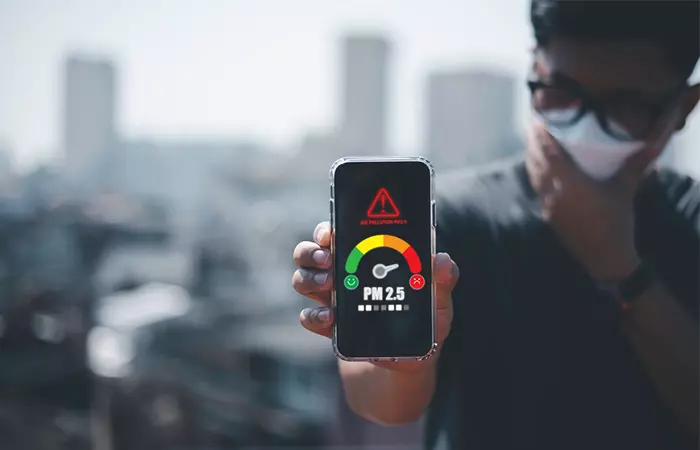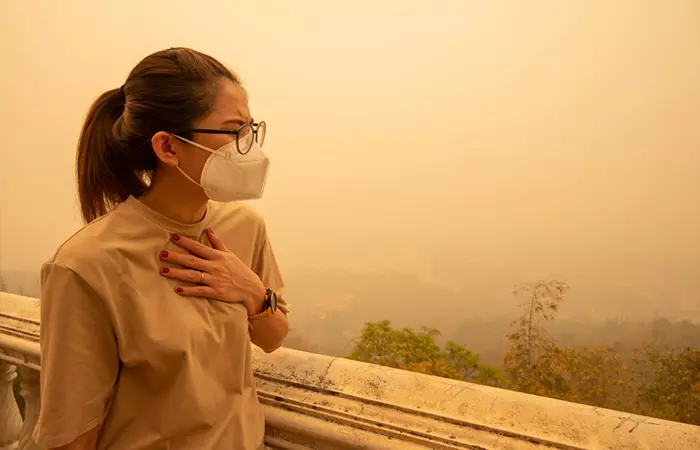How To Manage Your Morning Walks If The Air Quality Is All-Time Low
Breathe smart and stay active with tips to protect yourself during toxic smog days.

Image: Shutterstock
Morning walks are by far one of the best ways to kick-start your day. The fresh morning air can do wonders for your overall health and wellness. This is especially true for those who prefer nature walks to working out in confined gym rooms. However, with air pollution levels surging high in different corners of the world, breathing in smog has become a perpetual health hazard. So if you are someone who loves taking a stroll early in the morning but is concerned about the air quality, we have some clever hacks for you. Read on to make the most of your walks despite the air pollution problem.
In This Article
1. Stay Informed About The Air Conditions
Keep a close eye on air quality indices of your place through reliable apps or websites. Many cities provide real-time air quality updates, helping you gauge the level of pollutants in the air. If the numbers are soaring, it might be a sign to change your walking plans.
Keeping track of the air quality every day helps you make the correct decisions about your morning routine, ensuring that your health remains a top priority.
2. Adjust Your Schedule
Timing is crucial when it comes to managing your morning walks in compromised air quality. Consider adjusting your walking schedule to times when pollution levels are comparatively lower.
Early mornings or late evenings might offer a window of opportunity when the air is cleaner and more conducive to outdoor activities. By adapting your routine, you can reap the benefits of a refreshing walk without compromising your respiratory health.
3. Invest In Proper Gear
Equip yourself with the right gear to create a protective barrier between you and pollutants. Consider wearing a mask designed to filter out particulate matter. N95 masks, for instance, are effective in preventing the inhalation of harmful particles (1). Additionally, sunglasses can shield your eyes from irritants. While it may feel a bit unconventional, these accessories can actually come in handy in fighting against pollutants.
4. Choose Your Route Wisely
Not all walking routes are the same, especially when air quality is a concern. Opt for areas with more greenery, as trees act as natural air purifiers. Parks or tree-lined streets can provide a shield against pollutants. Avoid major roads or industrial areas where vehicular emissions or industrial pollutants might be more concentrated. A carefully chosen route can make a significant difference in the quality of air you breathe during your morning walks.
5. Drink A Lot Of Water
Proper hydration is your body’s natural defense mechanism. Drink plenty of water before, during, and after your morning walk to help flush out toxins properly. This simple yet effective step is often overlooked but can contribute to your overall well-being, especially when dealing with less-than-ideal air conditions.
6. Monitor Your Health
Listen to your body. Pay attention to any signs of discomfort or respiratory distress during your morning walks. If you experience symptoms like shortness of breath, coughing, or irritation, it’s crucial to adapt your routine accordingly. Consider taking shorter walks or opting for indoor exercises until the air quality improves. Your health should always be the guiding force in your fitness journey.
7. Explore Indoor Alternatives
When outdoor conditions are unfavorable you can embrace indoor alternatives to keep your fitness routine on track. Utilize treadmills and stationary bikes, or join virtual fitness classes from the comfort of your home.
This not only safeguards your health but also ensures that you don’t have to compromise on your commitment to staying active. Countless indoor workout options that can be just as interesting as a morning stroll.
8. Practice Mindful Breathing Techniques
Inhale positivity and exhale negativity. Incorporate mindful breathing techniques into your morning routine to counteract the challenges posed by poor air quality. Practice deep, slow breaths to promote lung health. You can also consider techniques such as diaphragmatic breathing or pursed-lip breathing to optimize your respiratory function during walks in polluted air.
9. Regularly Check Air Quality Forecasts
Stay one step ahead by regularly checking air quality forecasts for the upcoming days. This foresight allows you to plan your morning walks strategically. If the forecast predicts a significant decline in air quality, you can adjust your schedule or choose alternative indoor activities. Being proactive in monitoring air quality forecasts will help you make informed decisions for your health and well-being.
Managing your morning walks when the air quality is at an all-time low demands a blend of adaptability and a commitment to your well-being. Remember, your health is what should guide your fitness journey, and every step contributes to your overall well-being. So, lace up your shoes, stay informed, and walk confidently into a healthier tomorrow!
Read full bio of Indrani Karmakar





























Community Experiences
Join the conversation and become a part of our empowering community! Share your stories, experiences, and insights to connect with other beauty, lifestyle, and health enthusiasts.